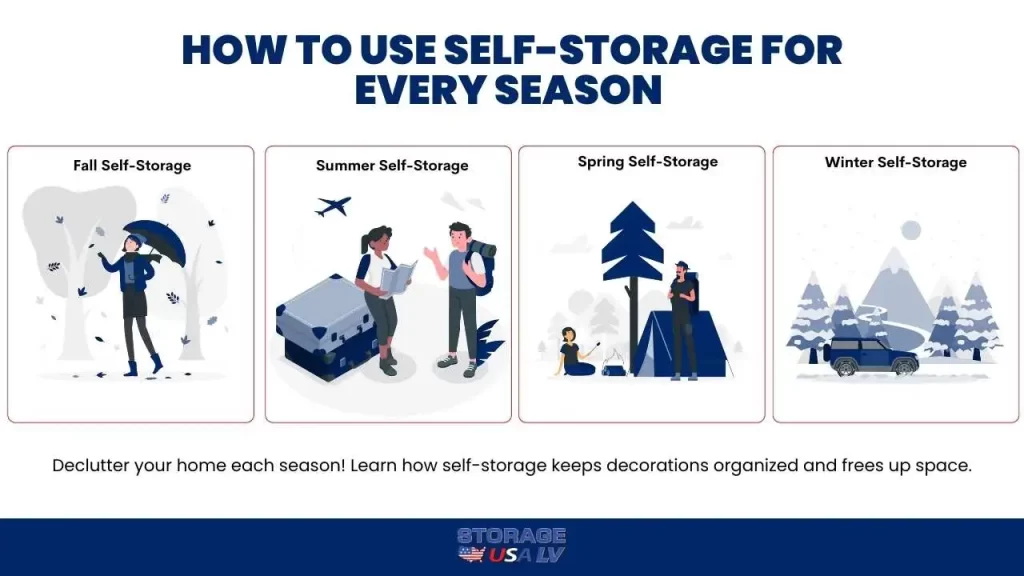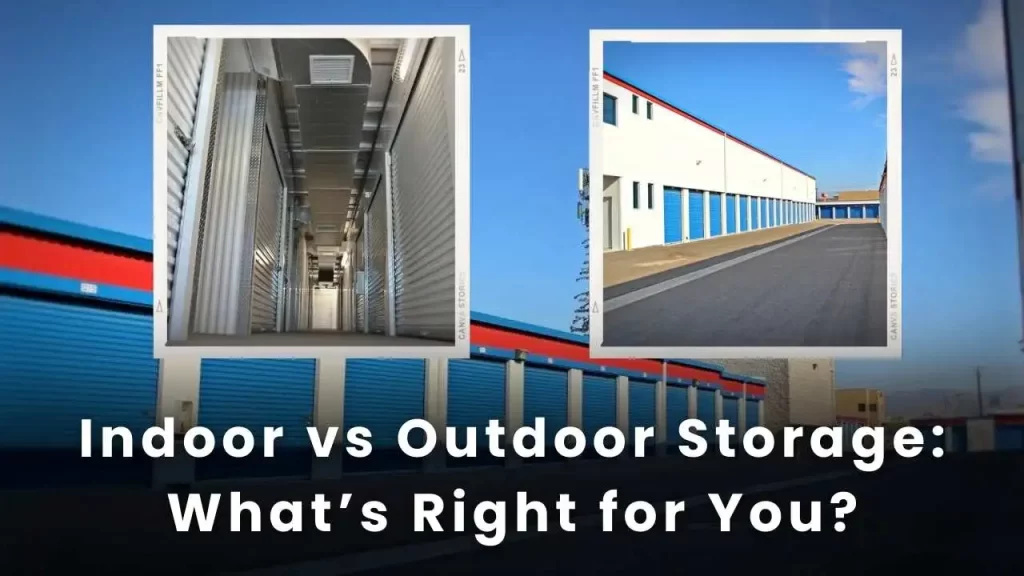
Our digital lives revolve around our gadgets. From work to play, these devices are indispensable. To ensure they remain in peak condition, proper storage is essential. Let’s delve into the best practices for safeguarding your electronics.
What Is Electronics Self-Storage?
Electronics self-storage refers to safely storing your electronic devices when not in use. This practice is critical for protecting your gadgets from damage due to environmental factors or mishandling.
Why Proper Storage Matters for Gadgets
Electronics are sensitive to temperature, humidity, and physical impact. Proper storage helps preserve their functionality and extend their lifespan. Improper storage can lead to issues such as battery leakage, corrosion, or malfunction.
Preparing Electronics for Storage
Cleaning Your Electronics: Before packing your electronics, ensure they are clean. Dust and debris can cause internal damage or affect performance. Use a microfiber cloth and gentle cleaning solutions to wipe down surfaces and screens.
Removing Batteries and Power Sources: Batteries can leak or corrode over time, potentially damaging your gadgets. Remove all batteries and power sources before storing your electronics to avoid such risks.
Backing Up Data: Always back up data before storing your electronics. This precaution ensures that you will keep important files if something goes wrong with the device during storage.
Choosing the Right Storage Environment
Electronics thrive in specific conditions. Understanding and maintaining the ideal storage environment is crucial for protecting your gadgets from damage.
Ideal Temperature and Humidity:
- Temperature: Aim for a cool, consistent temperature between 50°F and 80°F (10°C and 27°C).
- Humidity: Low humidity is essential. Excess moisture can lead to corrosion and mould growth.
Controlling Humidity to Prevent Damage
Excess moisture can lead to corrosion and mould growth. Use silica gel packets or dehumidifiers to control humidity levels in your storage area.
Selecting the Best Storage Solutions
Choosing the right storage container is crucial for protecting your valuable electronics. Here are some key factors to consider:
Types of Storage Containers
Opt for sturdy, insulated containers that offer protection against physical damage and environmental factors. Hard cases or plastic bins with secure lids are ideal.
Using Anti-Static Bags
For additional protection, place electronics in anti-static bags. These bags prevent static electricity from damaging sensitive components.
Common Mistakes to Avoid
Storing Electronics in Uncontrolled Environments
Avoid storing gadgets in areas prone to temperature fluctuations or high humidity, such as attics or basements. These environments can damage electronics significantly.
Neglecting to Backup Data
Refrain from backing up data before storage to avoid data loss if the device is damaged. Ensure your important files are backed up to an external source or cloud storage.
Overloading Storage Containers
Avoid overloading containers, as this can lead to physical damage or difficulty accessing items. Keep containers well-organized and avoid packing them too tightly.
Conclusion
Proper electronics self-storage is crucial for maintaining the functionality and longevity of your gadgets. By following the tips and practices outlined in this article, you can ensure your devices remain in excellent condition and ready for use when needed. Remember, a little preparation and care can go a long way in protecting your valuable electronics.


